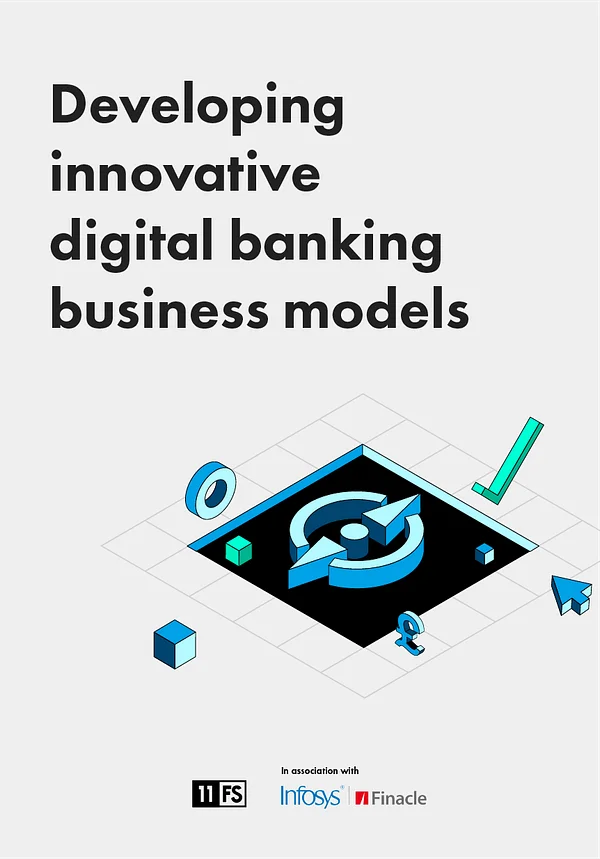I think we can all accept that clear customer insight, the right business drivers, market opportunities, etc. should inform great proposition design.
But over the past few years of developing new propositions, our team has increasingly recognised the need to nail your flag to a purpose and understand your relationship with the culture you serve – from day one.
Here are our top five tips to help you start with a core goal for change and help you bake in brand, not tack it on. Because your customers will be able to tell.
1. Start with a clear purpose and your mission, culture and product decisions will fall into place
At 11:FS, we often work with companies that are driven by a clear idea of the change they want to see. We’ve found that starting with brand purpose not only sets out your reason for existence early, but also helps to design a clearer proposition with an initial set of features and customer outcomes that tell a focused, compelling story.
Putting in the time at the start of the process to nail your purpose will help drive the product and brand decisions you make further down the line. A clear purpose also shows employees that your business goals go beyond growth and profit, helping your business attract and retain top talent.
Defining a purpose is just one part of our lean, digital-first approach to brand creation. We unpack the other fundamentals in this handbook.
2. Focusing on brand is more important than chasing feature parity
Of all the important factors that go into launching a new proposition, feature parity should not be in your top three. If you’re just chasing a comparable feature-set to match a more mature product, you’ve already lost.
It's not simply prestige, price point or perceived quality that gives one product more desirability than another. As we explored in this article, alongside product performance, product experience and timing, brand is the key differentiator, with modern consumers drawn to brands that communicate a purpose that aligns with their values.
...brand is the key differentiator, with modern consumers drawn to brands that communicate a purpose that aligns with their values.
3. Cultural relevance is key
Pausing to reflect on the following statement has triggered some really interesting conversations with our clients: 'If your proposition never came to launch, what progress would society and culture miss out on?'
What's important here is how culture influences the choices we make. It informs the stories we hear and what we decide to share or withhold. Brands have a platform and the power to shape culture. With that comes a responsibility in how they do it.
Brands have a platform and the power to shape culture. With that comes a responsibility in how they do it.
To focus your proposition design, don’t just consider your Jobs to be Done, but your ‘story to be told.’ How will you craft an authentic positioning that gives you permission to enter the conversation?
4. In the race to fit in, don't fail to stand out
In creating purpose-led brands you will inevitably end up trying to echo the right signifiers and motifs to create an authentic response to the culture you serve. Being mindful of the triggers that your customers will respond well to, but also creating a bold, unique identity, is an artform.
Fintech ‘blanding’ is real. Just look at the number of bold-colour/type-logo/sans-serif/cool-card fintech brands floating about in a sea of sameness. All promising the benefits of ‘control’, ‘automation’, ‘connectivity’ and free NFTs – why should anyone give a shit about your new proposition over any of the others?
Consider brand early as part of your initial proposition design activities and your purpose won’t feel like a marketing strategy slapped on as an afterthought.
5. Take a community-led approach to proposition development
Proposition design is guesswork. Even with the best process it’s still well-researched-iterative-design-thinking guesswork… until you validate and co-create with your target early adopters. Repeatedly.
Developing a purpose-first proposition involving feedback loops from the community you aim to serve is essential. We wrote about it last year and it’s more relevant than ever. Engaging a community from your initial proposition design phase and over the cyclical process of product development can help that product land brilliantly in the marketplace and leave its community members feeling like they are part of something bigger.





.svg)
.svg)






